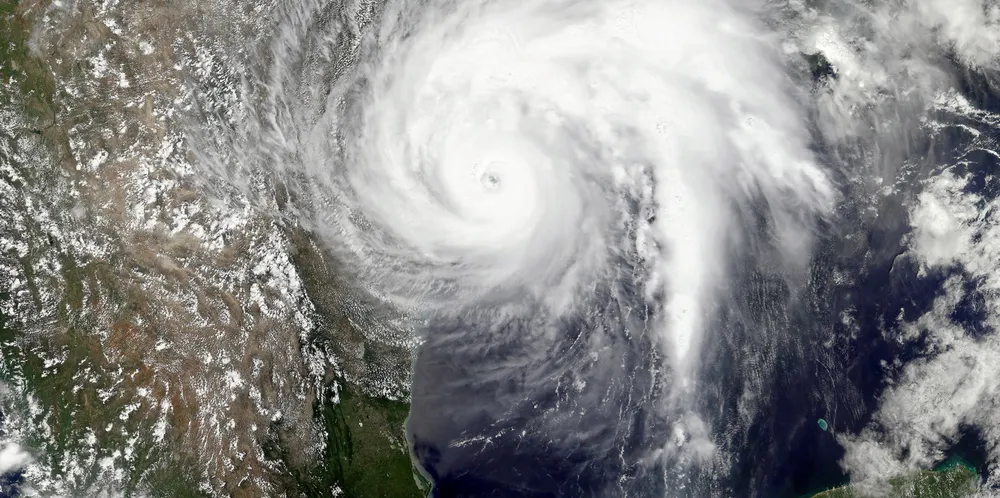Shell ploughs $10m into push to develop 'Gulf of Mexico offshore wind turbine'
Oil giant joins technology specialist developing solutions for region where moderate wind speeds regularly swing to extreme conditions

Oil giant joins technology specialist developing solutions for region where moderate wind speeds regularly swing to extreme conditions
